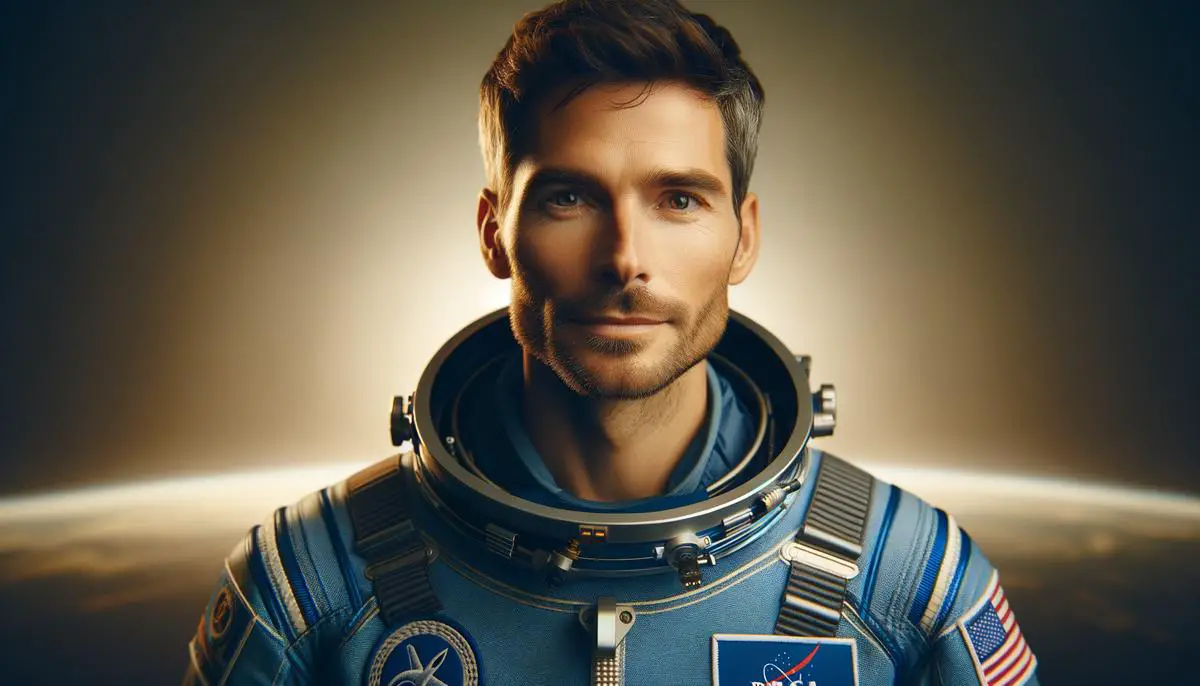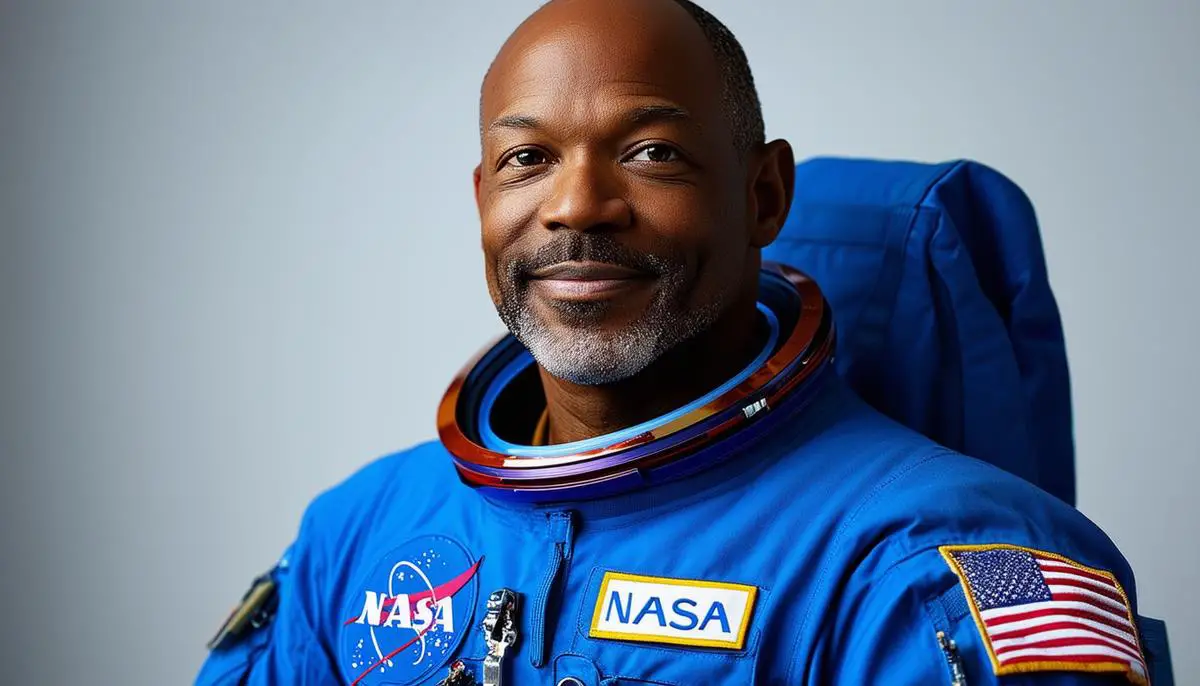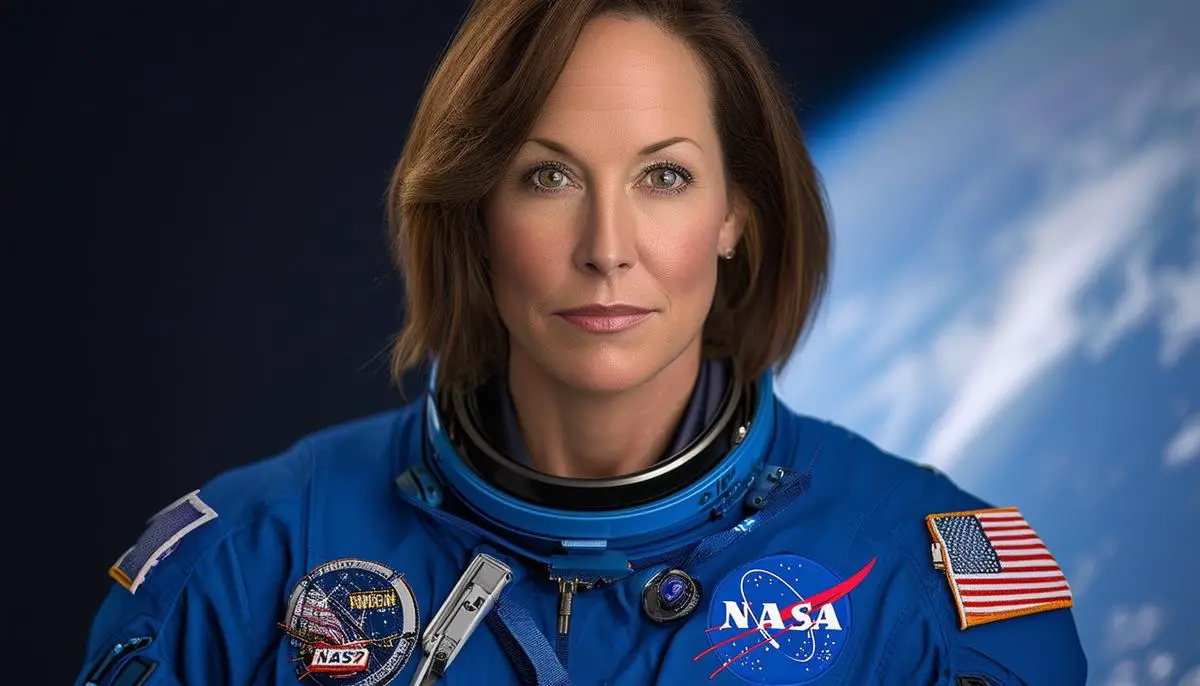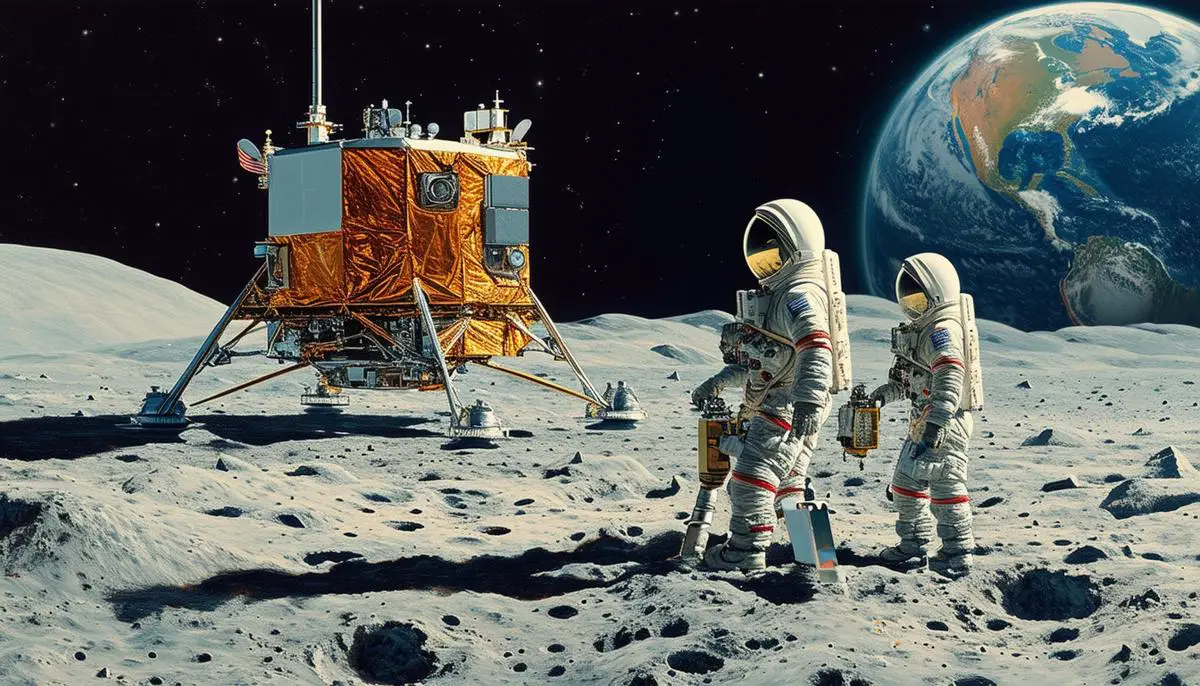Contents
Reid Wiseman: The Commander
Reid Wiseman, at 47, is the seasoned commander of the Artemis 2 mission. Born in Baltimore, Maryland, Wiseman earned a bachelor's degree in engineering from Rensselaer Polytechnic Institute in New York and a master's in engineering from Johns Hopkins University in Baltimore.
Before NASA, Wiseman was a Naval Aviator, serving as a fighter pilot in the Middle East. Selected as a NASA astronaut in 2009, he completed his training by 2011. Wiseman's debut mission was a 165-day stint on the International Space Station (ISS) in 2014, participating in Expedition 40 and Expedition 41, and accruing nearly 13 hours of spacewalking.
From December 2020 to November 2022, Wiseman served as the chief of NASA's astronaut office, showcasing his leadership capabilities. As the commander of Artemis 2, he prepares for a mission of global significance. Artemis 2 is a global effort, and it's only going to get larger with Artemis 3 and beyond as we get private spaceflight involved,
Reid said.
Wiseman sees Artemis as a step forward for humanity, uniting the world through exploration and eventually making the leap to Mars. His journey with Artemis 2 embodies the spirit of discovery that drives us to look upwards, dream bigger, and reach farther than ever before.

Victor Glover: The Pilot
Victor Glover, 46, brings a blend of technical acumen and courageous spirit to his role as the pilot for NASA's Artemis 2 mission. Hailing from Pomona, California, Glover earned a bachelor's degree in engineering from California Polytechnic State University and three master's degrees from:
- Air University
- The Naval Postgraduate School
- Air University in Montgomery, Alabama
Glover's entry into space was preceded by a distinguished military career in the U.S. Navy, where he:
- Logged over 3,000 flight hours in more than 40 aircraft
- Completed over 400 carrier arrested landings
Selected to NASA's 2013 astronaut class, his first spaceflight was the historic Crew-1 mission, SpaceX's inaugural operational flight to the ISS. During his 168-day mission, he completed four spacewalks, demonstrating his technical prowess and fortitude.
As the pilot for Artemis 2, Glover will ensure that the Orion spacecraft operates seamlessly through the challenges of deep space. He recognizes the significance of this mission for humanity as a whole, stating, Artemis 2 is more than a mission to the moon; it's the next step on the journey that gets humanity to Mars.
Glover's contributions to Artemis 2 are set to pave the way for humans to return to the moon and eventually make the leap to Mars. His journey exemplifies the essence of bravery and innovation, urging us to look beyond our horizons and dream of the boundless possibilities that space holds.

Christina Hammock Koch: Mission Specialist
Christina Hammock Koch, 44, embodies the spirit of determination and scientific curiosity that drives NASA's ambitious Artemis program. She earned a bachelor's and a master's degree in engineering from North Carolina State University.
Koch's early career included instrumental scientific contributions at NASA's Goddard Space Flight Center and the Johns Hopkins University Applied Physics Laboratory. She also conducted extensive scientific fieldwork in remote locations like:
- Antarctica
- Greenland
- Northern Alaska
Selected as part of NASA's 2013 astronaut class, Koch's first spaceflight made history. Launching in March 2019, she embarked on a long-duration stay aboard the ISS, lasting 328 days – the longest single spaceflight by a woman1. During her mission, she participated in six spacewalks, including three with fellow astronaut Jessica Meir, marking the first all-female spacewalks in history.
As a mission specialist for Artemis 2, Koch brings her extensive experience and expertise to the next chapter of lunar exploration. Her role will involve scientific research and assisting in the operational management of the Orion spacecraft. Am I excited? Absolutely. But my real question is, Are you excited?
Koch asked during the Artemis 2 crew announcement.
Koch's scientific background and exceptional track record in space make her an indispensable asset to the Artemis program. Her involvement highlights NASA's commitment to inclusivity and diverse representation in tackling the challenges of space exploration.

Jeremy Hansen: The Canadian Representative
Jeremy Hansen represents not just himself but an entire nation as he steps into his role in the Artemis 2 mission. Born in London, Ontario, Hansen earned a bachelor's degree in honors space science and a master's degree in physics from the Royal Military College of Canada.
Hansen served as a fighter pilot in the Royal Canadian Air Force from 2004 to 2009 before being selected by the Canadian Space Agency (CSA) in 2009. He completed astronaut training in 2011 and participated in various analog missions, including:
- The European Space Agency's CAVES program
- NASA's NEEMO program
As a mission specialist on Artemis 2, Hansen will be the first non-American to venture beyond Earth orbit. His journey underscores Canada's significant contributions to space exploration, highlighted by CSA's collaboration with NASA on projects like Canadarm3, the advanced robotic arm set to play a critical role in the lunar Gateway station.
Hansen's responsibilities will include overseeing scientific experiments and aiding in the spacecraft's intricate systems management. His selection is a testament to his exemplary skill set and his embodiment of the Artemis mission's spirit of unity, exploration, and shared human endeavor.
With his eyes set on the stars, Jeremy Hansen carries the hopes of Canadians and all humankind. His journey from a dedicated fighter pilot to a pioneering astronaut ready to breach the lunar frontier represents innovation, international camaraderie, and the relentless human spirit.

Artemis Program: Mission Objectives and Future Goals
The Artemis Program is designed to rekindle human presence on the Moon, leveraging technological advancements and international collaboration to pave the way for missions to Mars.
The primary objective is to return humans to the Moon, targeting the lunar South Pole—a region rich with resources such as water ice. Artemis 2, commanded by Reid Wiseman, will test the Space Launch System (SLS) rocket and the Orion spacecraft's capabilities. This 10-day mission will validate Orion's life support systems and technologies essential for deep space travel.
Artemis 3 aims to achieve the first crewed lunar landing in over 50 years, including efforts to land the first woman and the first person of color on the Moon. The European Space Agency (ESA) provides the European-built service module for the Orion spacecraft, and the Canadian Space Agency (CSA) contributes to the Gateway space station with Canadarm3. Jeremy Hansen's participation in Artemis 2 exemplifies Canada's role in this international endeavor.
Future missions aim to establish a sustainable human presence on the Moon by constructing the Lunar Gateway, a space station serving as a staging point for lunar exploration and potentially missions to Mars. The Gateway will enable continuous robotic and human presence, allowing for scientific research and technological innovations.
NASA's vision extends to using the Moon as a testing ground for technologies needed for a crewed mission to Mars. The insights gained will ensure readiness for the challenges involved in a Mars mission.
The Artemis Program emphasizes sustainability and long-term exploration capabilities, leveraging lunar resources to produce:
- Oxygen
- Hydrogen
- Rocket fuel
Technological advancements like SpaceX's Starship lunar lander represent a leap in our ability to explore space, with its design including solutions for cargo delivery, crew transportation, and potential Mars missions.1
The Artemis Program blends cutting-edge technology, international collaboration, and a long-term vision to achieve unprecedented milestones in space exploration. It reignites our passion for exploration, paving the way for new scientific discoveries and inspiring future generations.
